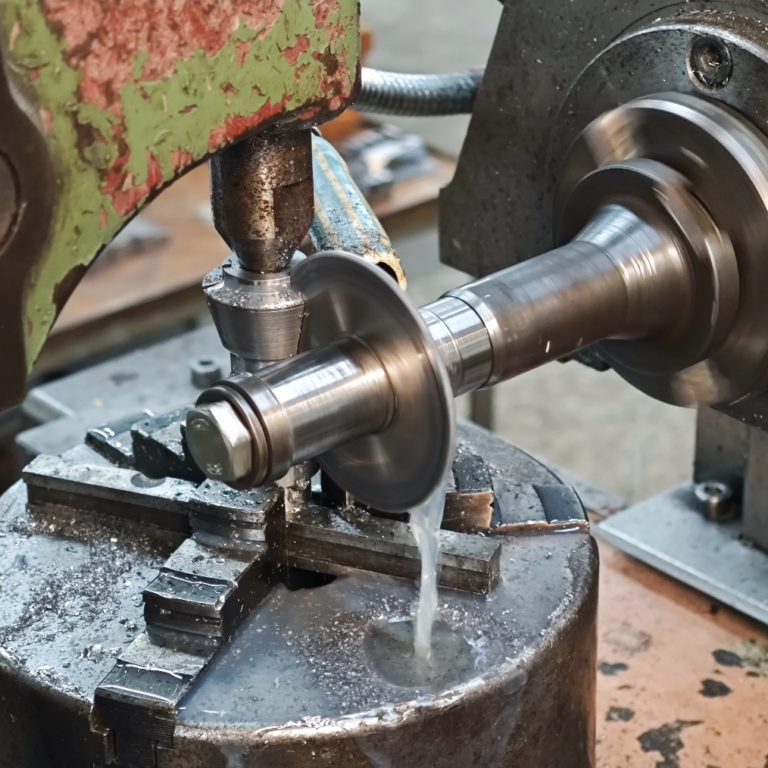
TAG manual milling
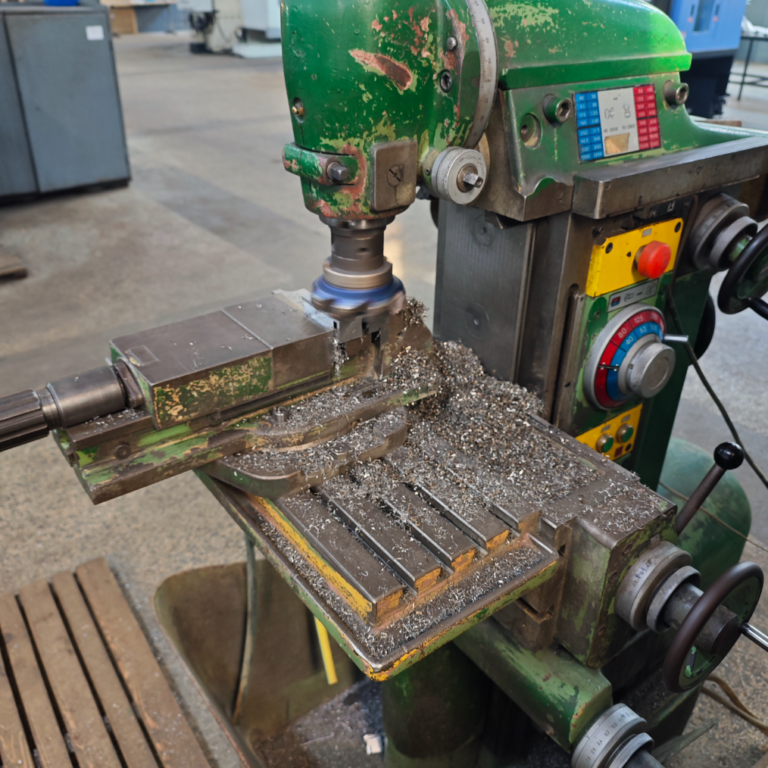
TAG manual milling
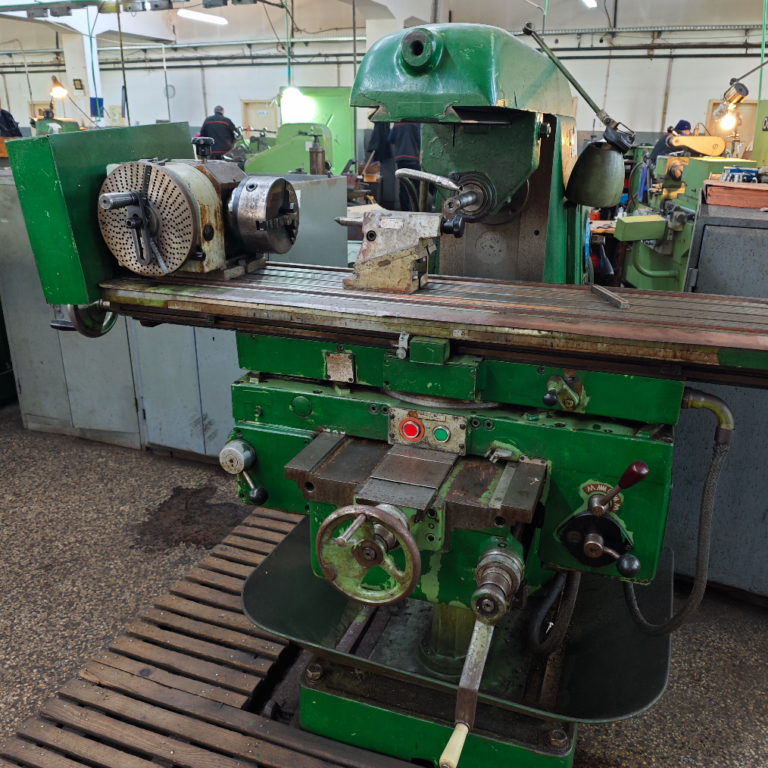
TAG manual milling
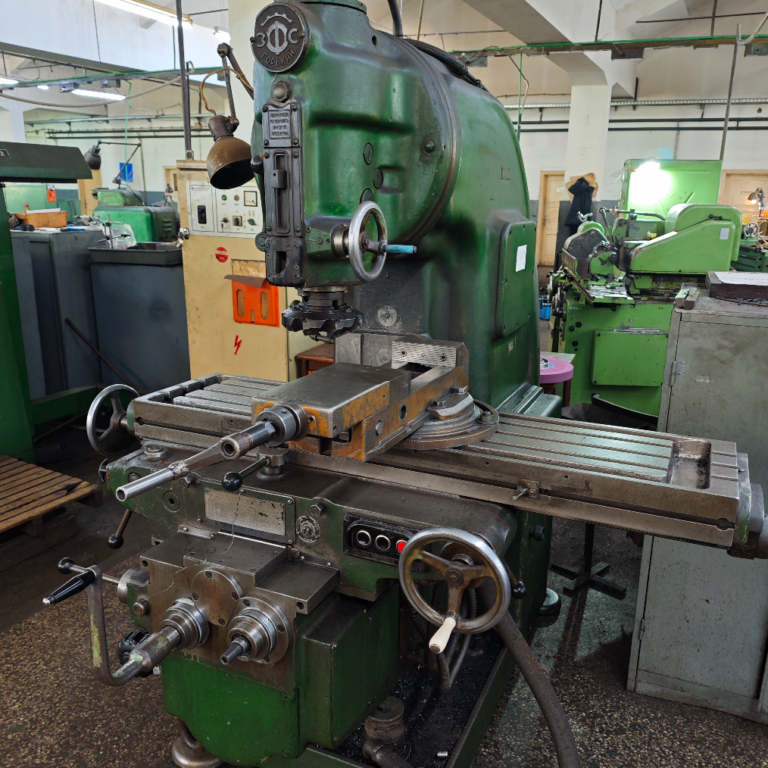
TAG manual milling
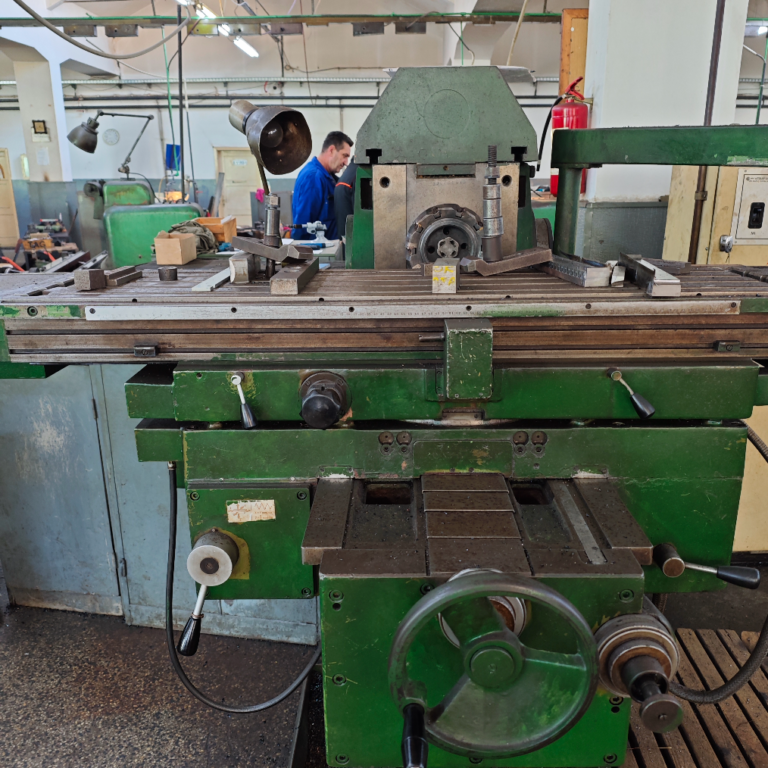
TAG manual milling

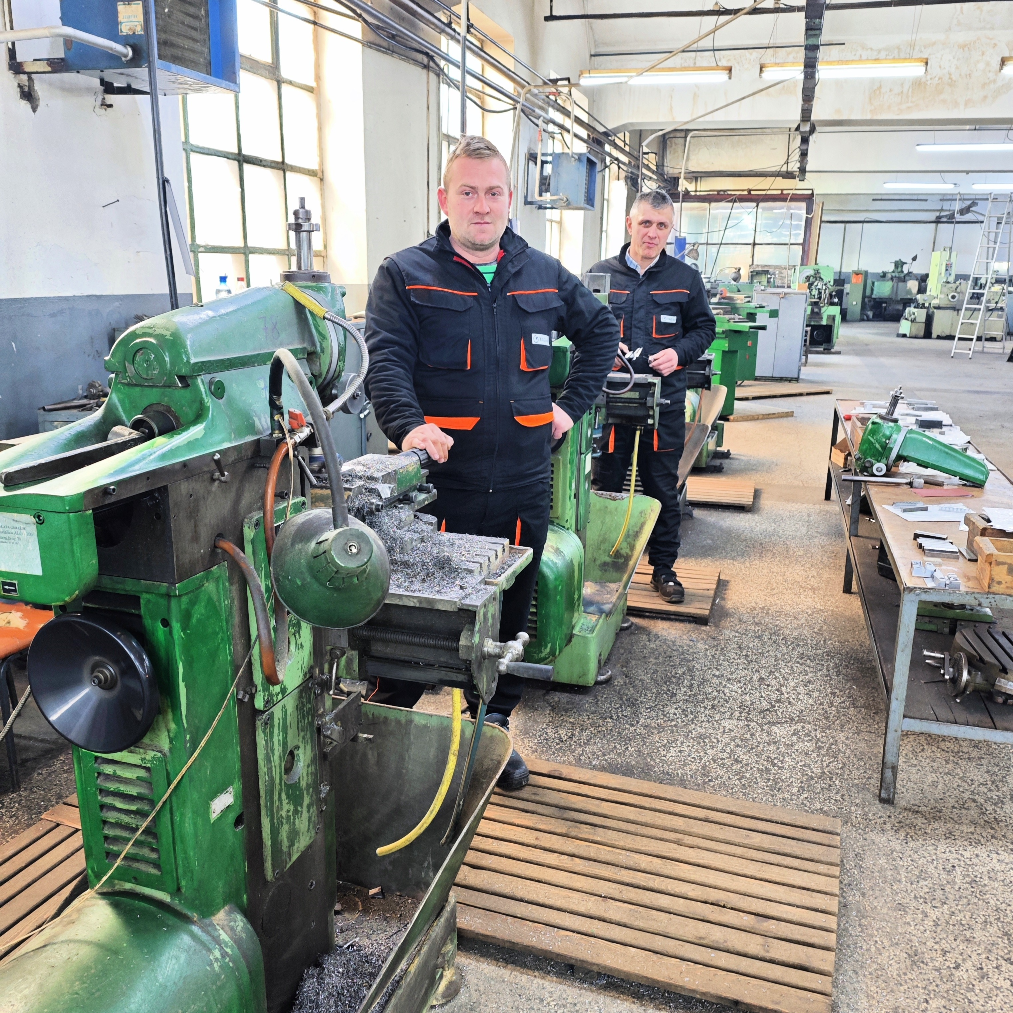






Manual milling is a machining process in which a rotating cutting tool removes material from a stationary workpiece to shape it into the desired form. Unlike CNC milling, manual milling requires direct operator control over the movement of the workpiece and cutting tool.
Key Advantages
Manual milling offers flexibility and cost-effectiveness for low-volume production, prototyping, and custom machining tasks. It allows operators to make real-time adjustments, making it ideal for one-off or repair work.
Common Applications
Manual milling is used in tool and die-making, small-batch manufacturing, and repair shops. It is particularly useful for producing keyways, slots, flat surfaces, and complex geometries that do not require automation.
Types of Manual Milling Machines
The two primary types of manual milling machines are vertical mills and horizontal mills. Vertical mills, such as knee mills, are more common and versatile, while horizontal mills provide greater cutting stability for heavy-duty operations.
Cutting Tools and Materials
End mills, face mills, and drill bits are commonly used in manual milling. Tool selection depends on the material being machined, which can range from aluminum and steel to plastics and composites.
Operator Skills and Precision
Successful manual milling requires skilled operators who understand feed rates, spindle speeds, and proper tool engagement. Precision is achieved through careful handwheel adjustments and the use of dial indicators and edge finders.
Leave a Comment